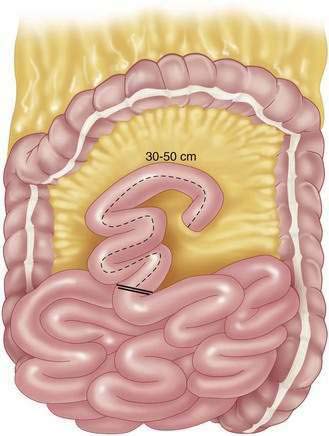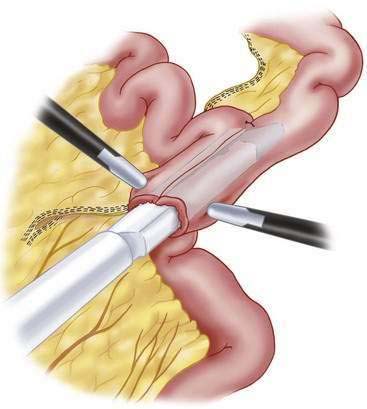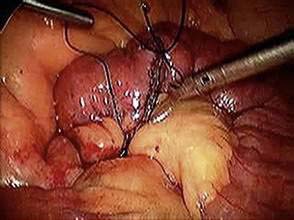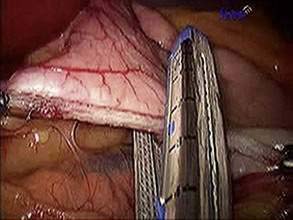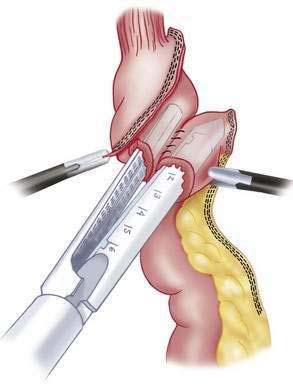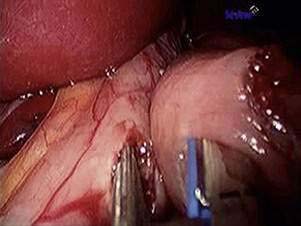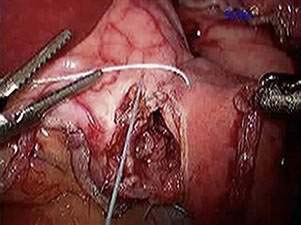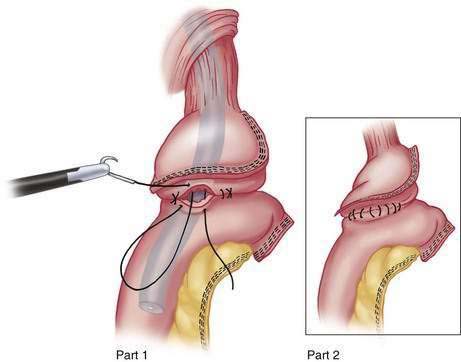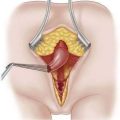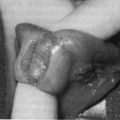CHAPTER 28 Bariatric Surgery
Step 1: Surgical Anatomy
Step 2: Preoperative Assessment and Considerations
Step 3: Operative Steps (Laparoscopic Roux-en-Y Gastric Bypass)
Anesthetic Considerations
Positioning
Step 4: Postoperative Care
Step 5: Pearls and Pitfalls
Inge T, Helmrath M, Vierra M, Ikramuddin S. Challenges of adolescent bariatric surgery: tips for managing the extremely obese teen. J Laparoendosc Adv Surg Techn. 2008;18(1):157-169.
Inge TH, Donnelly LF, Vierra M, et al. Managing bariatric patients in a children’s hospital: Radiologic considerations and limitations. J Pediatr Surg. 2005;40:609-617.
Inge TH, Xanthakos SA, Zeller MH. Bariatric surgery for pediatric extreme obesity: now or later? Int J Obes. 2007;31(1):1-14.
Kane TD, Garcia VF, Inge TH. Bariatric surgery in adolescents. In: Schauer PR, Schirmer BD, Brethauer SA, editors. Minimally invasive bariatric surgery. New York: Springer; 2007:419-428.

